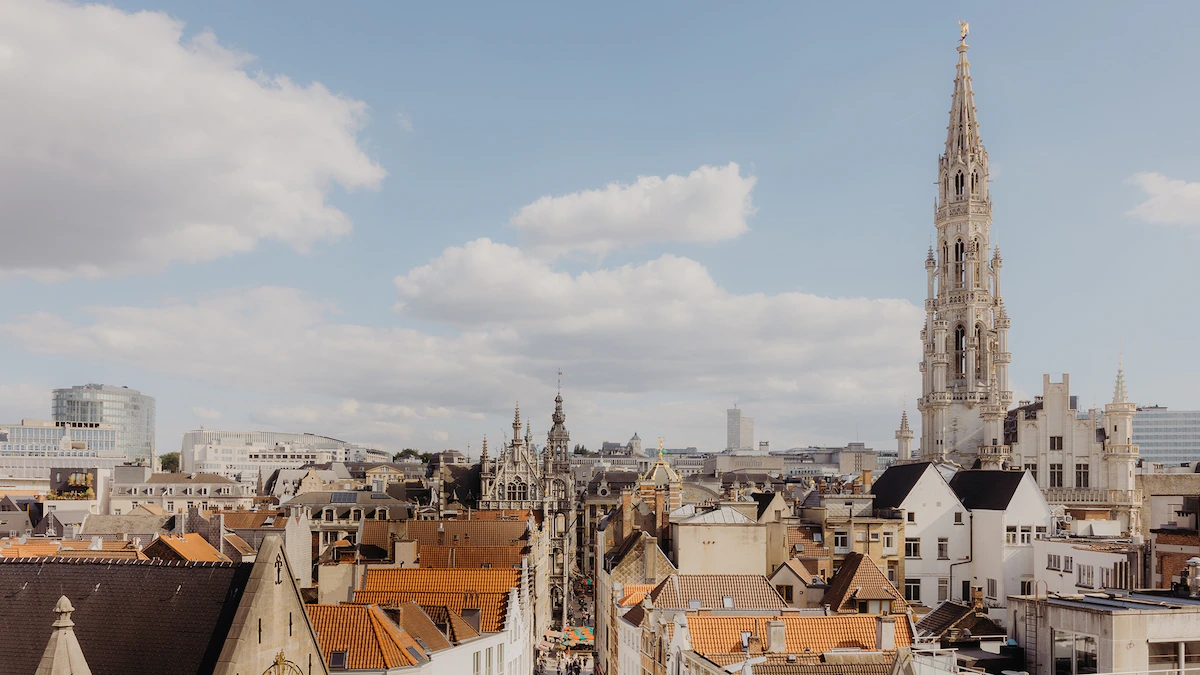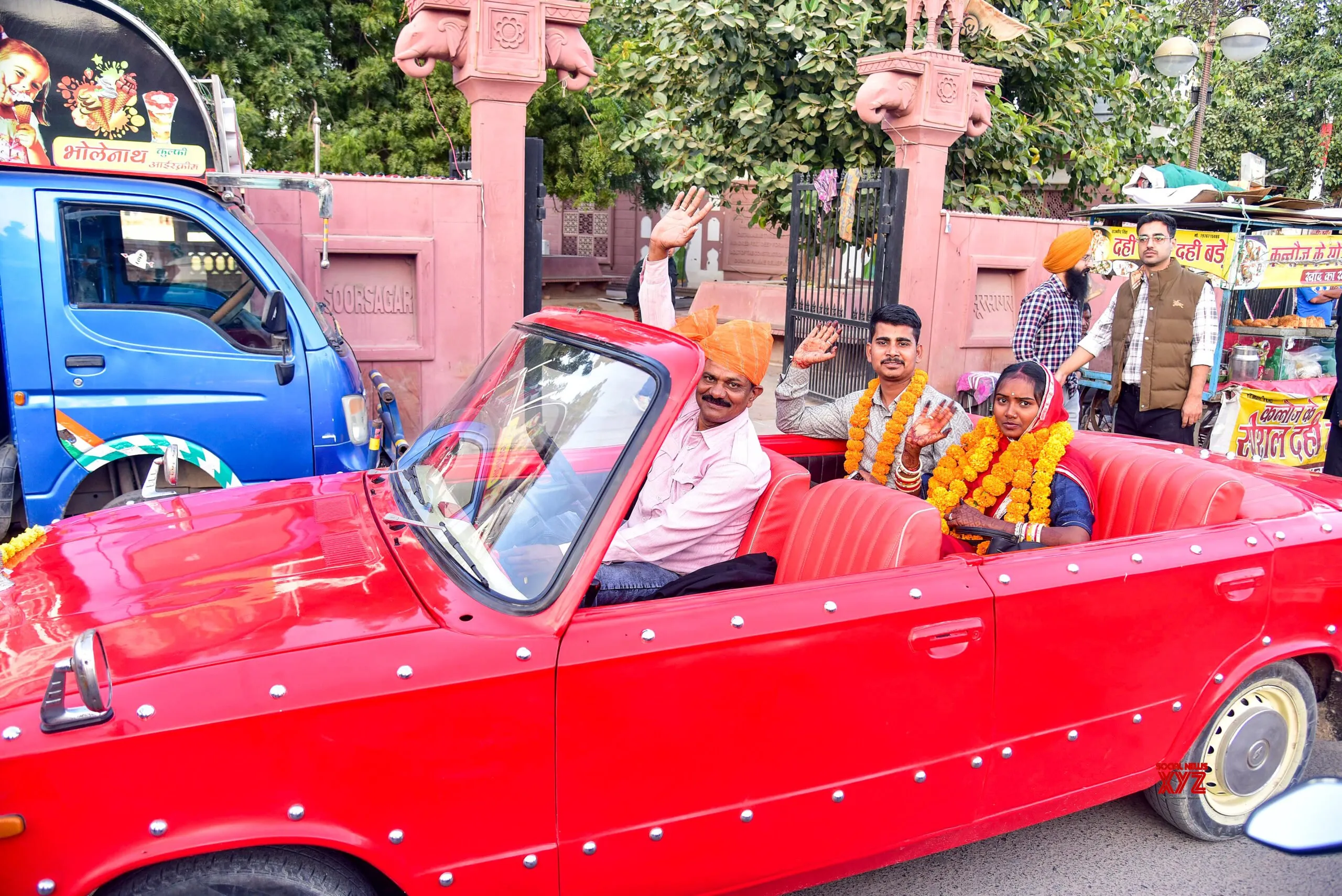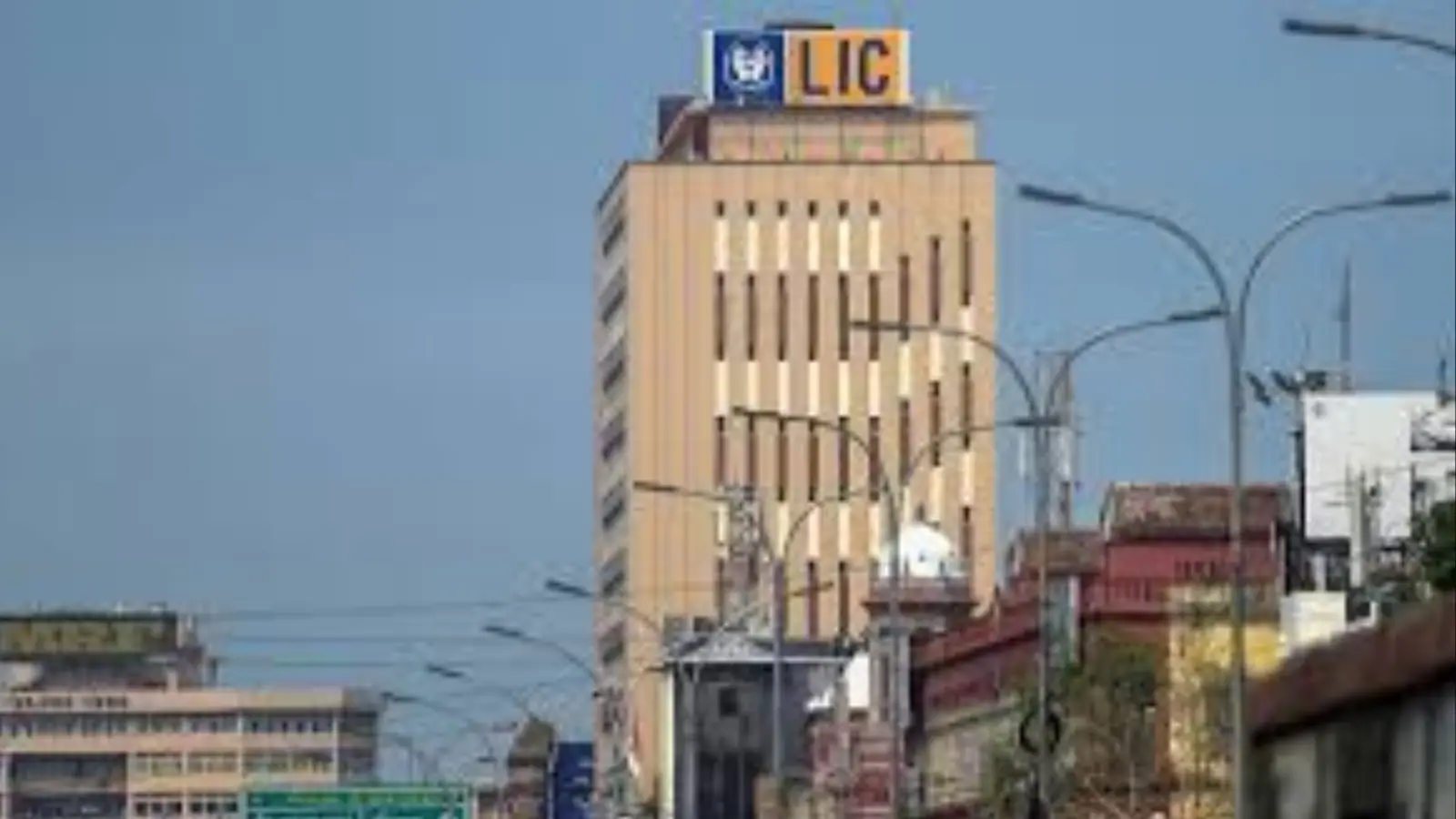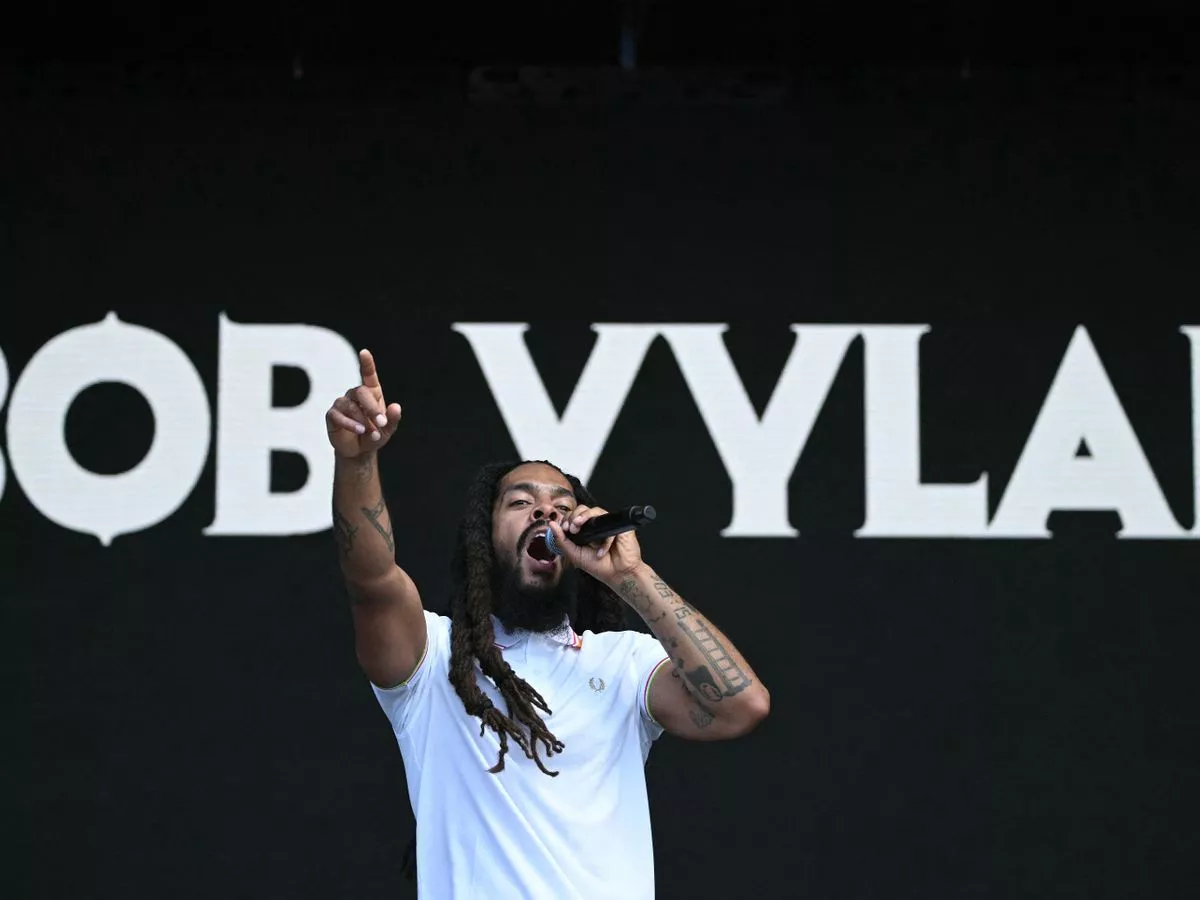Copyright National Geographic

With the exception of the ‘Muscles from Brussels’ Jean-Claude Van Damme, it’s a peculiar fact that none of the most famous Belgians are real. Tintin’s a comic book creation; Poirot an invention of Agatha Christie’s imagination; the tiny, blue Smurfs live in mushroom-shaped houses in a fictional forest. Belgium’s multilingual capital — and the de-facto home of the EU — is also known for its 400-year-old statue of a small boy peeing into a fountain. Legend has it this emblematic icon represents a character who once saved the city — although whether he actually existed is anyone’s guess. Despite all this, ‘Brand Belgium’ is certainly alive and kicking in Brussels, thanks to a winning quartet of chocolate, beer, waffles and fries. The peeing boy better known as the Manneken Pis can be bought in waffle form around the centre. You’ll find Belgian Beer World inside the ornate old Stock Exchange, and Westvleteren 12 — one of the world’s rarest Trappist beers — served inside centuries-old pub Au Bon Vieux Temps. At the city’s dedicated chocolate museum, you’ll learn that Giacomo Casanova credited his libido to multiple daily cups of cocoa. An official Frietmuseum has also recently opened near the gothic square Grand-Place, and Brussels’ favourite frietkot (traditional kiosk), Maison Antoine, offers a masterclass in the proudly Belgian method of deep-frying potatoes — ‘French’ fries they’re not. Thanks to the city’s reputation for European politics, many arrive expecting a strait-laced city — only to find those preconceptions subverted. To find a wellspring of cool and confident art, and meet locals who are sincere and chatty, whichever of Belgium’s many tongues they choose to speak. To realise that the tastiest bites aren’t only found on the busiest thoroughfares, but in candle-lit wine bars hiding in the art nouveau backstreets of Saint-Gilles, design-led Dansaert and southerly Ixelles, home to willow-lined ponds and picnic-worthy parks. Thirty years ago, when the Eurostar began its first full, daily service between London and Brussels, these neighbourhoods were experiencing the early flickers of gentrification. The city still spent Belgian francs and the aluminium spheres of its famous Atomium sculpture were corroding, prompting a two-year revamp to its current, shiny steel. A mere 10 years ago, cars were banned from the city’s most central postcode district, Brussels 1000, making the Grand-Place a hub for pedestrians. This fascinating city may be just as hard to pin down now as it’s ever been, but there’s one thing you can be sure of — it’s always on the up. What to see & do Art Nouveau: A wooden facade, curved into vine-like lines, an iron balcony bent into dragonfly wings or the peduncle of flowers on a staircase — art nouveau’s ornamental style took off in Brussels, home to its Belgian-born founding father, Victor Horta. A €20 (£17) Art Nouveau Pass will get you inside three frozen-in-time examples, including the main man’s former home and studio, Musée Horta. The Grand-Place: In Brussels’ historic square, two magnificent buildings face off, locked in a timeless duel. On one side, the imposing Town Hall represents the power of local government — and now allows visitors to climb to the top of its 315ft tower. On the other is a former bread market that became the King’s House, symbolising the might of the monarchy. Step inside today and you’ll find the Brussels City Museum, home to the original Manneken Pis. Danseart Quarter: North west towards the canal, one narrow little street tempts visitors away from the central sprawl. Rue de la Cigogne is 230ft of lilac wisteria, cheerful bunting and quaint 17th-century houses in the heart of the Dansaert Quarter, one of the city’s most fashionable enclaves. Stick around for biodynamic wines and chunky sourdough at Nightshop, cult coffee at MOK and all manner of boutiques along the Rue Antoine Dansaert. Modern art: Stray beyond seeing the Bruegels at the Old Masters Museum. The Vanhaerents Art Collection has four floors of the world’s most exciting and controversial art and opens just one day a month. Other more accessible galleries include Objects With Narratives, a bougie salon featuring striking, suspended sculptures, and Xavier Hufkens, where exhibits spill out into the garden. A chocolate odyssey: Discover chocolate’s intriguing history at Choco-Story Brussels before heading down the street to the Galeries Royales Saint-Hubert, a neoclassic mega-mall split into three different arcades, where Jean Neuhaus II invented the praline back in 1912. For a more hands-on experience, book a 2.5-hour session at the Belgian Chocolate Workshop and you’ll leave with a box of your very own creations. Murals & Museums: As the 80-plus murals on its Comic Strip Route testify, this is the comic book capital of the world — home, famously, to the cartoonist Hergé’s Tintin, whose work can be explored at the Comic Art Museum. Surrealist painter René Magritte’s pieces are on display at the nearby Musée Magritte. Both are free to access — along with 47 other attractions — using a one-, two- or three-day Brussels Card. Where to stay Made in Catherine: A sequel to the Duchateau family’s flagship property Made in Louise, this equally stylish hotel also riffs on its location: St Catherine Square. Nineteen guest rooms, all dried flowers and shaggy fabrics, sit above a glass-fronted lobby-cum-cafe. Go for one of the light, bright ‘cosy’ rooms on the top floor. Hotel Fleur de Ville: A wood-panelled refuge, this former bank — a short walk from the Grand-Place — has 51 rooms and a chic restaurant, Era. Deluxe rooms have parquet flooring, russet headboards and Aesop toiletries, while the three biggest suites are named after Belgian architects; if a roll-top bath is on your list of requirements, book the Chambon. Corinthia Brussels: The former Grand Hotel Astoria flies the five-star Corinthia flag. Beyond its storied doors on the Rue Royale are grand pianos, an intimate speakeasy and a newly opened spa. Of its two restaurants, Le Petit Bon Bon has cool brasserie interiors and altogether friendlier prices. Where to shop Jeu de Balle flea market: The city’s artsy Marolles district hosts its most joyous jumble sale. You might have to kiss a few funky ceramic frogs to get to the vintage glassware and £50 Burberry trench coats, but there’s truly something for everyone. Best of all, it’s a daily fixture, come rain or shine. Galerie Bortier: One of Brussels’ oldest covered galleries is now one of its coolest, thanks to a recent revamp by the team behind nearby food halls Wolf and Fox. Once famous for peddling books and fine art, today only Librairie Génicot continues the arcade’s literary legacy. Buy a vintage tome and read it while you wait for your posh filet-o-fish burger at Polpo, a few doors down. Le Typographe: This stationer in the Ixelles neighbourhood has won over a legion of to-do list writers, calendar-flippers and thank-you-note devotees. Its paper goods — all handcrafted and printed on the premises — include mini notebooks letter-headed with city icons, including Magritte’s pipe and bowler hat. Where to eat Manneken Pis Café: This first-floor dining room is something of a secret; most people coming in off the Rue de l’Etuve don’t get further than the downstairs bar. Climb a few creaky wooden steps for a seasonal feast prepared by wunderkind Milan La Roche’s team — the Sunday brunch, at €35 (£30), is a bargain. Kline: Nowhere is Dansaert’s evolution more apparent than at Kline. Watch from a front row seat as Nico Corbesier’s chefs chop local mushrooms with lightning-fast precision, sizzle oat root and sticky chicken on a makeshift grill and sprinkle fleur de sel onto a one-of-a-kind chocolate thyme sorbet. Book a suite at the Teddy Picker hotel upstairs, and it’s a short hop to bed. Les Brigittines: Performing arts centre Les Brigittines has a very accomplished brasserie, with pub-meets-belle-époque styling. At the helm is passionate chef Dirk Myny, and the star dish is his ‘zenne pot’: cabbage cooked in beer, served on a bed of blood sausage and whelks. It’s much tastier than it sounds. Like a local Tonton Garby: You won’t find many places where patrons happily queue an hour for a cheese baguette, but not many sandwich shops offer chats with the eponymous owner, impromptu tastings and a ‘don’t pay until you’re happy’ policy. A sign on the door reads ‘if you’re patient, you’ll be served like a king’. Rue Duquesnoy 6 Garden Brunches: Sip matcha lattes and fawn over freshly baked pastries in the ramshackle gardens of L’Atelier en Ville and Belga & Co — two coffee spots just off Avenue Louise. In the latter, brioche ‘bunns’ made by lauded local bakery Boulengier are spectacularly stuffed with fillings like pesto and provolone with rosemary compote. Les Petits Riens: This second-hand empire can be found all over Brussels, but its Rue Américaine location is colossal; bargain-hunters can walk out with everything from pianos to camera lenses. It’s a veritable charity complex, comprising a library, retro clothes emporium, children’s shop and sprawling homewares section — if you want something, you’ll find it here. After hours The Music Village: Belgium lays claim to the inventor of the saxophone, Adolphe Sax, while its capital’s post-war jazz boom still reverberates across legendary venues to this day. Tucked behind Brussels’ Town Hall, The Music Village is perhaps the best-loved spot, with no bad seat in the house and a sultry, red-light-soaked stage. Kiosk Radio: Take a late-night walk through the Parc de Bruxelles and you might spy a crowd dancing around a fairy-lit wooden kiosk. From a small DJ booth inside, local and international talent play bop-inducing beats to cult fans and passersby. There’s a bar selling truffle crisps and cheap drinks like zesty pilsner on tap, with chairs and tree stumps for those in need of a sit down.



